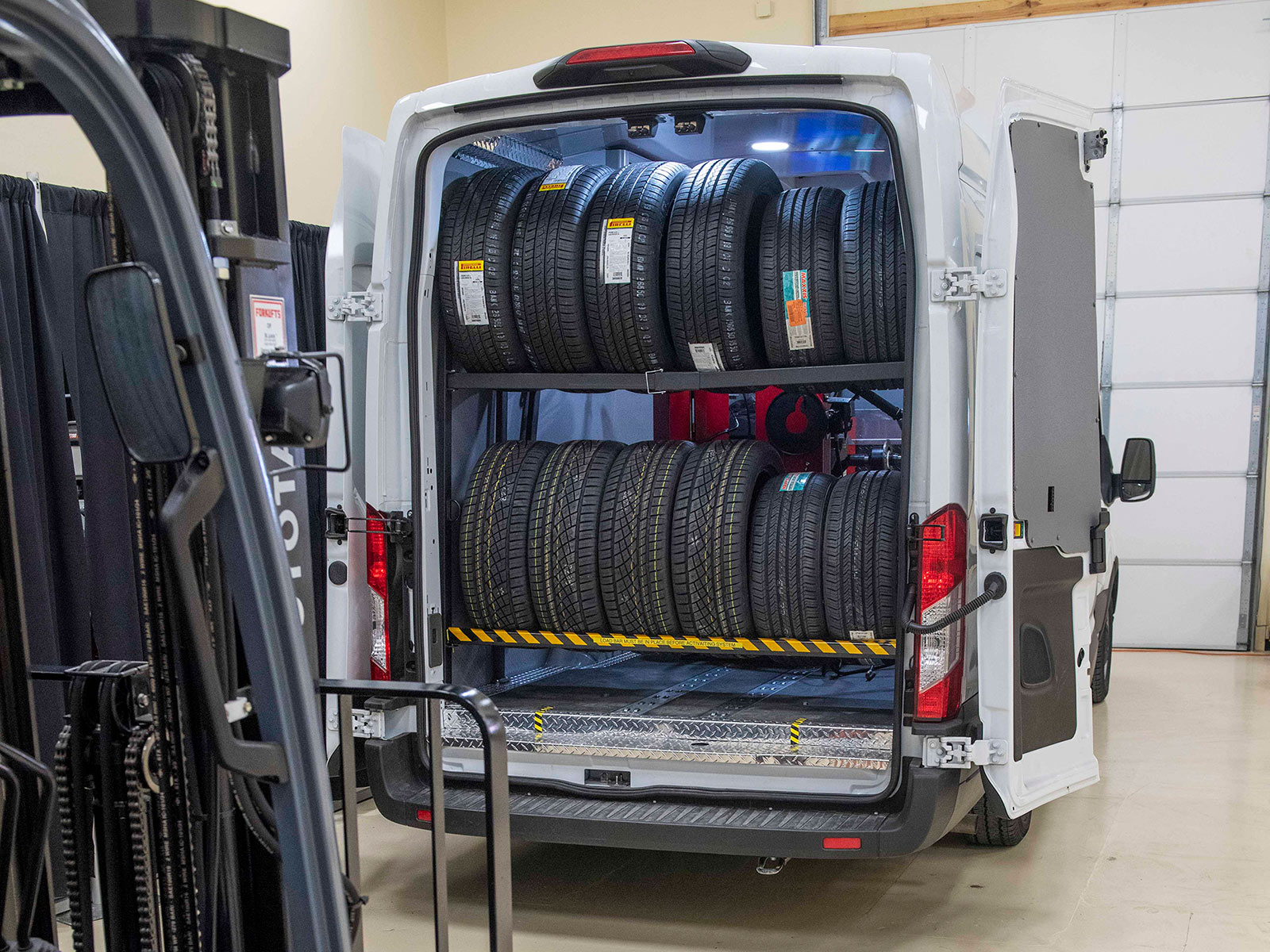Drive with Confidence: GMC Tires Service at Morris Tires
Drive with Confidence: GMC Tires Service at Morris Tires
Blog Article
Tire Solution: The Influence of Weather
When it comes to guaranteeing optimum efficiency and safety on the road, recognizing the impact of weather condition conditions on tire solution is important. GMC Tire Service. In this discussion, we will discover the elaborate partnership in between climate conditions and tire service, losing light on the relevance of weather-specific tire upkeep techniques and factors to consider.
Warmth and Tire Performance
When exposed to heats, tires experience changes in efficiency that can considerably affect lorry safety and security and handling. The warm created from long term driving or heat problems triggers the tire rubber to soften, causing reduced tread life and enhanced wear. As the rubber becomes softer, the tire's grip when driving reduces, affecting stopping ranges and overall traction. In severe cases, extreme warm can even create tire blowouts, positioning an extreme safety risk to the lorry and its passengers.

Winter Effects
Cold weather conditions can have a significant impact on tire performance and safety. In cold climate, tires may likewise lose air stress extra quickly, which can influence handling and fuel effectiveness.
To mitigate the effects of cold weather condition on tires, it is vital to routinely examine tire stress and inflate them to the producer's recommended levels. Using winter season or all-season tires developed for cool climate problems can likewise improve grip and grip on icy or snowy roads. Correct tire maintenance, including routine examinations for wear and damage, becomes a lot more essential throughout cooler months to ensure ideal efficiency and safety.
Rainy Issues Effect
Tires with damaged footsteps are much more prone to hydroplaning, where a layer of water develops up in between the tire and the roadway surface, leading to loss of traction. To combat this, chauffeurs ought to consistently check their tires for adequate step depth and think about investing in tires especially designed for damp conditions.
In addition, rainy climate can likewise decrease exposure, making it testing for vehicle drivers to see the roadway ahead plainly (GMC Tire Service). In such conditions, it is important to change driving speeds as necessary and maintain a secure following distance to permit abrupt stops. Effectively filled with air tires can likewise aid in maintaining control on wet roadways by giving much better handling and hold
Snow and Tire Safety
When driving in snowy problems, having the right tires can make a significant distinction in security and performance. Winter season tires are made with special rubber substances and step patterns to provide better traction on snow and ice contrasted to all-season tires.

In addition, chauffeurs must consider setting up tire chains in severe snowy conditions. Tire chains supply additional traction by clutching the snow and ice, improving stability and control. Nevertheless, it is very important to follow manufacturer instructions when installing and utilizing tire chains to avoid damage to the tires and car. By selecting the go to the website ideal tires, keeping proper rising cost of living, and thinking about added grip help like tire chains, chauffeurs can improve their safety when navigating snow-covered roadways.
Weather-Related Tire Maintenance
When faced with various weather conditions, proper tire maintenance ends up being a vital aspect of vehicle safety and security and efficiency. Weather-related tire upkeep incorporates an array of practices aimed at making sure optimal tire feature and long look at more info life in various weather condition circumstances. One key element of weather-related tire upkeep is tire pressure regulation. Fluctuating temperatures can cause tire pressure to differ, affecting traction and fuel effectiveness. Consistently adjusting and inspecting tire pressure according to producer referrals is important for risk-free driving in altering weather. In addition, tire step deepness plays a substantial duty in managing various climate elements. Tires with appropriate walk depth offer much better grasp on wet or icy roads, reducing the danger of skidding or hydroplaning. When tread wear reaches a certain depth is essential for keeping grip and security in negative climate, checking tire walk consistently and changing tires. By prioritizing weather-related tire upkeep, vehicle drivers can enhance safety, boost lorry efficiency, and extend the life-span of their tires.
Final Thought
In conclusion, weather conditions have a significant influence on tire efficiency and safety and security. From warmth impacting tire pressure and put on to chilly weather reducing grip, it is crucial to think about the climate when maintaining and using tires.
In this discussion, we will discover the complex relationship in between climate conditions and tire solution, dropping light on the importance of weather-specific tire upkeep methods and considerations.

Report this page